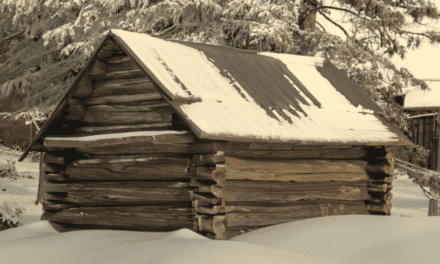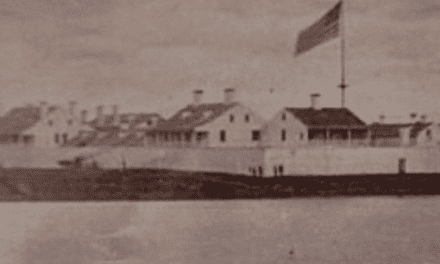Nestled in the quaint town of Omro, Wisconsin, stands the Cole Watchtower, a sentinel of a bygone era that speaks volumes about the state’s lesser-known history with fur farming. Built in 1935, this seven-story steel-frame structure isn’t just an architectural oddity; it’s a window into the heart of Wisconsin’s fox ranching industry, which thrived between 1920 and 1945.
The Architectural Marvel of Its Time
Designed by the architectural firm Auler, Jensen, and Brown, the Cole Watchtower was a beacon of innovation. Its design was influenced by the American National Fox Breeders Association, which recommended such towers for optimal management of fox farms. The purpose? To provide farmers with a vantage point to observe their skittish foxes without causing them undue stress, a critical factor in maintaining the health and quality of the fur.
The tower’s construction is as fascinating as its purpose. With a stepped-back massing that gives it an almost industrial, futuristic look, the watchtower starkly contrasts with the traditional farmhouses typical of the region. The lower floors were reserved for practical uses like living quarters and storage, while the topmost provided a panoramic view of the fox pens, allowing for discreet observation.
A Glimpse into Wisconsin’s Economic Past
The fox ranching industry was a significant economic driver for Wisconsin during the early to mid-20th century. The state was renowned for its fox pelts, which were in high demand in the U.S. fur market. However, with the decline of the fur industry post-World War II, most fox watchtowers were dismantled, leaving the Cole Watchtower as one of the few standing witnesses to this unusual chapter in agricultural history.
Cultural and Historical Significance
Listed on the National Register of Historic Places in 1978, the Cole Watchtower is more than just a building; it’s a cultural artifact. It symbolizes an era where the need for innovation in farming practices led to architectural solutions that were ahead of their time. Today, it serves not only as a reminder of Wisconsin’s economic past but also as a point of educational interest for architects, historians, and curious visitors alike, showcasing how necessity breeds unique architectural expressions.
The Cole Watchtower, with its blend of functionality and avant-garde design, continues to intrigue and educate, offering a rare glimpse into a niche yet fascinating aspect of Wisconsin history through its steel and concrete frame. It’s a testament to human ingenuity, where even in the fields of rural Wisconsin, innovation could tower over tradition.
















